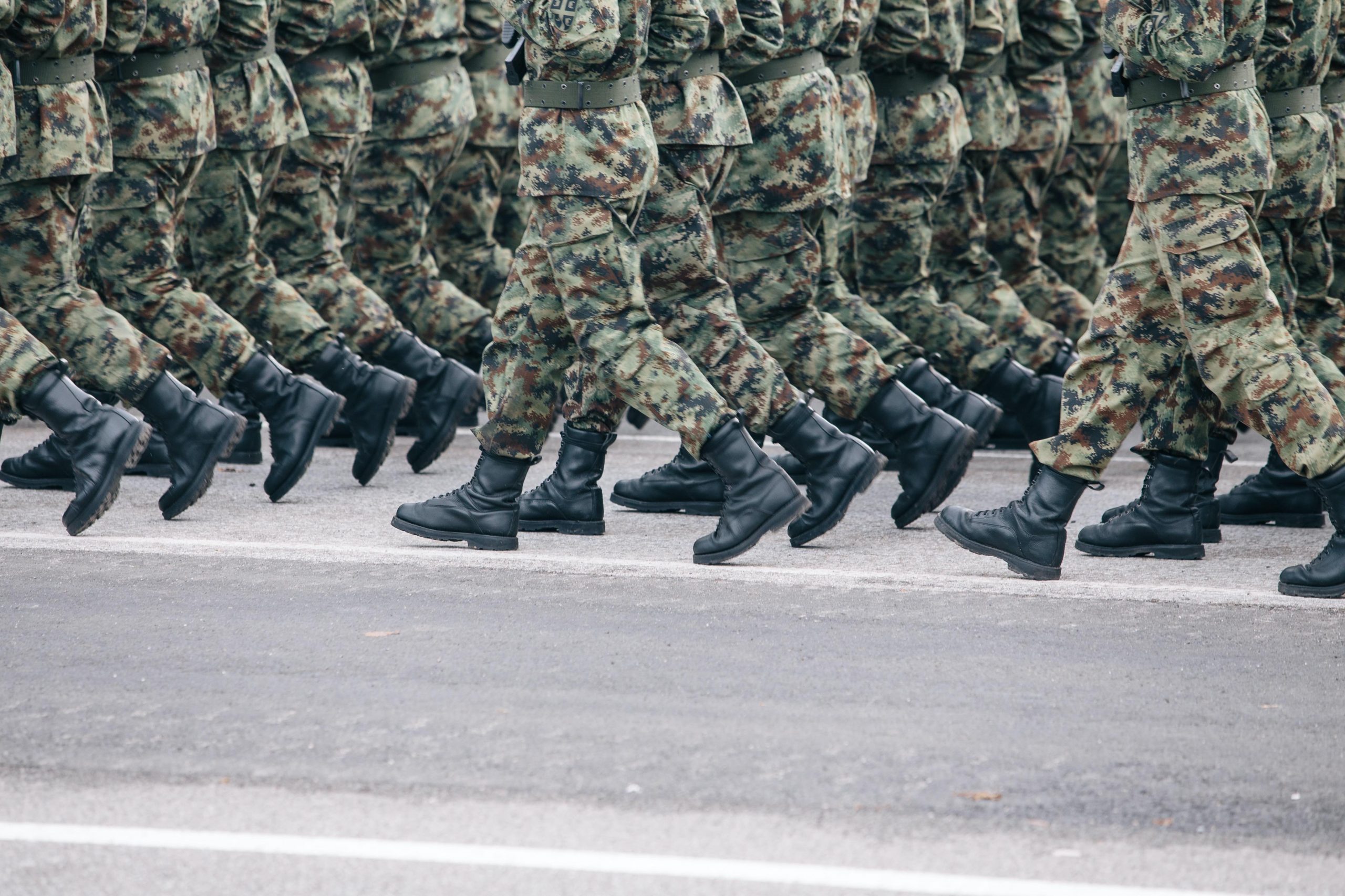
Culture Writer Charis Gambon interviews the Director of the National Army Museum, Justin Maciejewski, revealing the path he took to becoming Director, as well as finding out more about the museum itself
I was recently able to interview National Army Museum Director Justin Maciejewski. I found the interview to be fascinating especially as someone who studies History of War. I enjoyed my time with Justin Maciejewski immensely. He is certainly an interesting and inspiring individual.
What is your favourite part of the museum?
My favourite thing about the museum is the variety of objects, telling a 350 year history of our Army. We have objects from paintings and brooches, through to weapons and mess tins. There are so many different objects that soldiers have collected during their service. We have Napoleon’s horse ‘Marengo’ within our collection.
What is your background?
I read History at university, then I spent 27 years in The Rifles. After that I went into Mckinsey & Company, a management consultancy firm. I joined the National Army Museum in 2018. I love history and I am glad to be at a museum that tells such an important story.
What is your favourite period?
My favourite period is the long 18th century, meaning 1689-1815, when the Battle of Waterloo happened. This period covers the rise of Britain as a great global power, and it was the era of struggle between Britain and France.
How did you become the National Army Museum Director?
I was a trustee at the Royal Green Jackets in Winchester. I was also The Chairman of The Rifles Heritage Committee which was involved with 14 museums across the country of the antecedent regiments that formed The Rifles.
Do you think Museums have a place in society?
Yes absolutely. Stories can be shared together and can be passed down the generations within museums. Every time someone looks at an object, they will look at it through their own eyes. Museums are a place to reflect and a place to form ideas. They have an important part to play in society and as a nation.
Every time someone looks at an object, they will look at it through their own eyes. Museums are a place to reflect and a place to form ideas
Do you enjoy teaching?
We have a fantastic learning programme. Everyone is learning at the museum; we also have a great public history programme. People are involved in learning right across the generations. Learning at the museum is light and engaging. People who do not learn in traditional ways can learn. Whether you are an extrovert or an introvert, like to read or like to listen, there are opportunities.
Do you enjoy working with other military museums?
There is a network of over 100 regimental museums across the country. We are able to campaign for these smaller museums as the Nation’s army museum. We make people aware of them and point people in their direction. We are able to help the regimental museums with training and networking. No other country has as many as we do, which is a source of great pride. We work with these museums to help tell the Army story. They are incredible museums with great stories.
We work with these museums to help tell the Army story. They are incredible museums with great stories
What is your job like?
Every day is different. In the galleries, in meetings, research with the collections, making sure the finances are fine, visiting other museums. I am working with history all the time, even if I am working with the finances I am working with passionate people.
What would you say to people who want to get into the sector?
It is a great sector and a lot of people want to work within it. Volunteering will show you if you want to work within museums and allows an opportunity for people to explore. Apply for more than one position. There is opportunity for growth within the sector. Everyone who works in museums is passionate about what they do. You will however never get rich as the pay is moderate. I would say to anyone who wanted to, to give it a go.
What is your favourite part about exhibitions?
Seeing the visitors experience and learn is my favourite part. Happy visitors who feel inspired and enjoyed their visit is the best sight.
How can people become involved in the National Army Museum?
We have a volunteer programme that people can become involved in. Also check our website regularly for any openings. Everything will be advertised on there.
Like this? Read more here from Redbrick Culture!
Comments